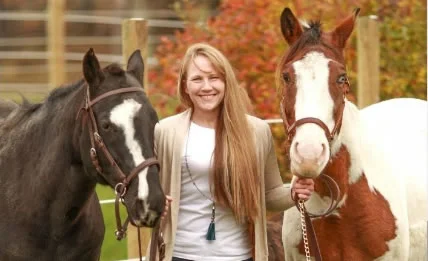

Meet Stephanie Warren, RN, ER
How long have you been on assignment with Access Healthcare? This is my second contract with Access Healthcare.
How did you first find out about the company and why did you choose Access Healthcare as your agency? I was referred to Access Healthcare by a friend of mine who raved about her recruiter and the company. Once with the company, Access Healthcare has been transparent about pay and information in my contracts. This is something I was not accustomed to after 7 years as a travel nurse with Other companies.
When you have some down time, how do you utilize it? After a long career in flight medicine , and a bypass, my husband has retired and is home with our four kids. We homeschool, and have a small farm (the Grass Menagerie Homestead). We have rescued horses, a mini donkey, peacocks, and turkeys, to name a few. Currently, we are members of the Livestock Conservancy. They work to protect America's endangered livestock and poultry breeds from becoming extinct. We have raised American Guinea Hogs to help with this effort. I have included a link to our farm page, as well as the restock Conservancy for any further information. facebook.com/TheGrassMenagerieHomestead https://livestockconservancy.org/
What are some locations you have traveled to on assignment? I have worked in several states including Pennsylvania, Maryland, DC, Viriginia, South Georgia. Virginia Will hold a special place in my heart. The weather is wonderful, and the proximity to the cities and outdoor activities is perfect. However, most importantly, I met my husband on a travel assignment in VA
What is the best thing about being a nurse? My specialty is Emergency Medicine. I enjoy being able to take care of patients with different acuties throughout the day. While nursing camaraderie takes place in all specialties, I believe it is more acutely seen in the ER. Our ability to function as a team is second to none in instant strategy, delegation, discipline, and partnership. This is what keeps me coming in every day, after almost 20 years in the trenches.